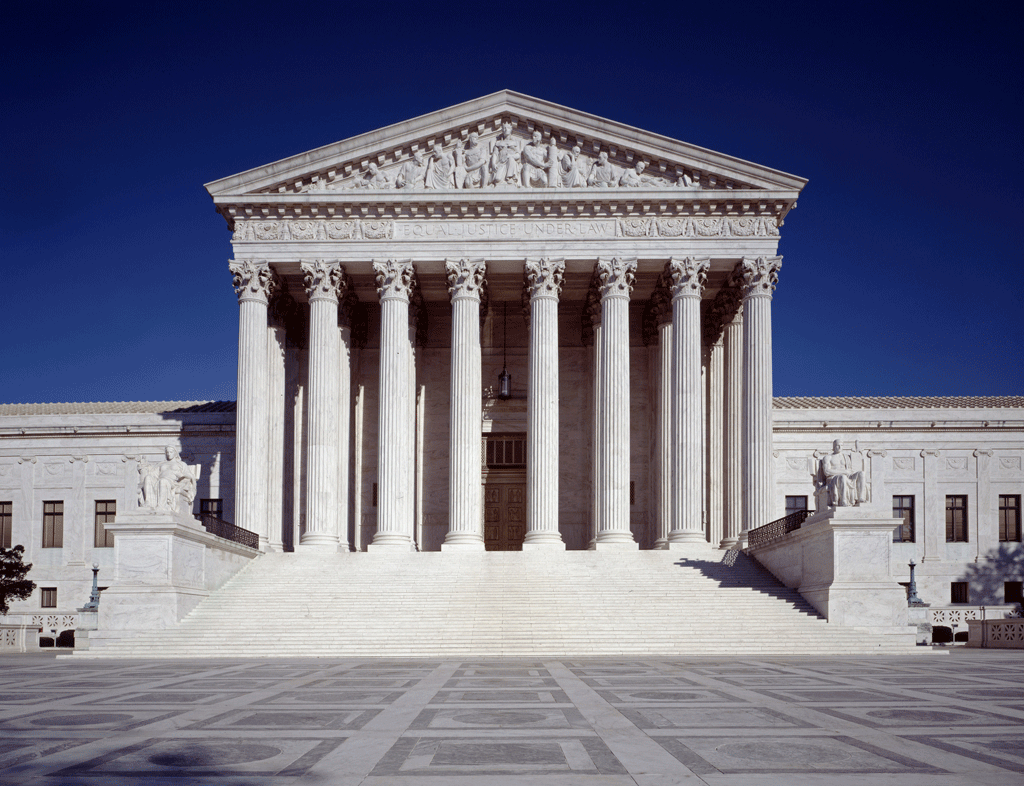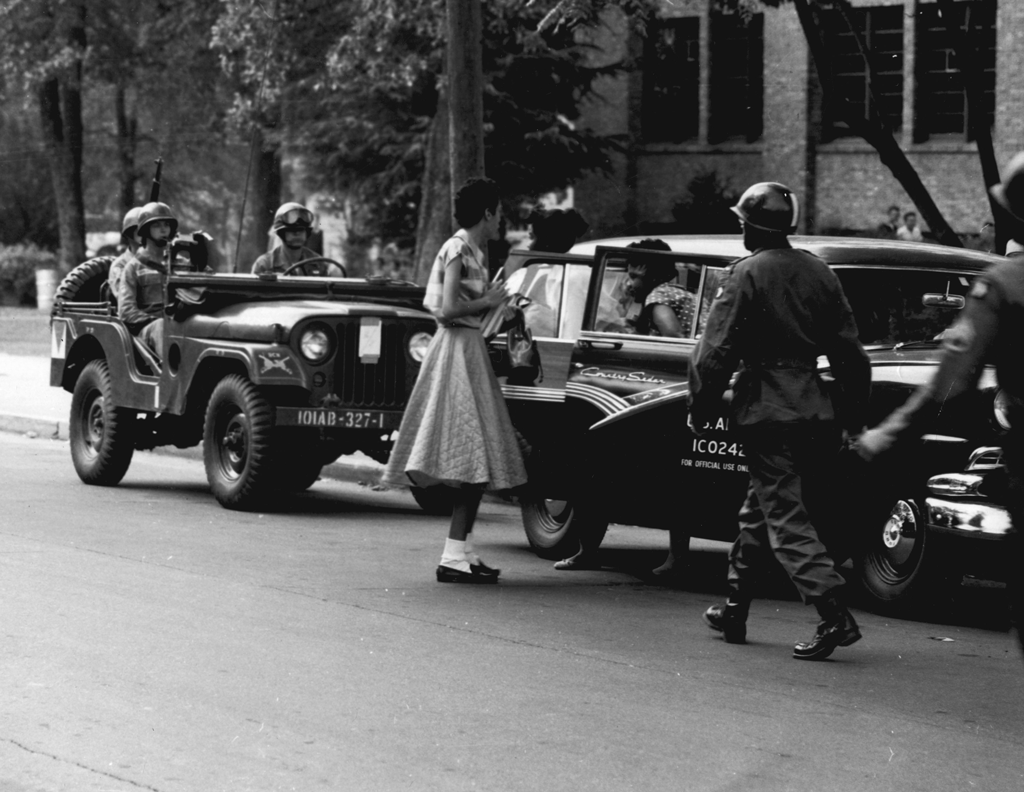8.2: Lecture Content
- Page ID
- 23495
\( \newcommand{\vecs}[1]{\overset { \scriptstyle \rightharpoonup} {\mathbf{#1}} } \)
\( \newcommand{\vecd}[1]{\overset{-\!-\!\rightharpoonup}{\vphantom{a}\smash {#1}}} \)
\( \newcommand{\id}{\mathrm{id}}\) \( \newcommand{\Span}{\mathrm{span}}\)
( \newcommand{\kernel}{\mathrm{null}\,}\) \( \newcommand{\range}{\mathrm{range}\,}\)
\( \newcommand{\RealPart}{\mathrm{Re}}\) \( \newcommand{\ImaginaryPart}{\mathrm{Im}}\)
\( \newcommand{\Argument}{\mathrm{Arg}}\) \( \newcommand{\norm}[1]{\| #1 \|}\)
\( \newcommand{\inner}[2]{\langle #1, #2 \rangle}\)
\( \newcommand{\Span}{\mathrm{span}}\)
\( \newcommand{\id}{\mathrm{id}}\)
\( \newcommand{\Span}{\mathrm{span}}\)
\( \newcommand{\kernel}{\mathrm{null}\,}\)
\( \newcommand{\range}{\mathrm{range}\,}\)
\( \newcommand{\RealPart}{\mathrm{Re}}\)
\( \newcommand{\ImaginaryPart}{\mathrm{Im}}\)
\( \newcommand{\Argument}{\mathrm{Arg}}\)
\( \newcommand{\norm}[1]{\| #1 \|}\)
\( \newcommand{\inner}[2]{\langle #1, #2 \rangle}\)
\( \newcommand{\Span}{\mathrm{span}}\) \( \newcommand{\AA}{\unicode[.8,0]{x212B}}\)
\( \newcommand{\vectorA}[1]{\vec{#1}} % arrow\)
\( \newcommand{\vectorAt}[1]{\vec{\text{#1}}} % arrow\)
\( \newcommand{\vectorB}[1]{\overset { \scriptstyle \rightharpoonup} {\mathbf{#1}} } \)
\( \newcommand{\vectorC}[1]{\textbf{#1}} \)
\( \newcommand{\vectorD}[1]{\overrightarrow{#1}} \)
\( \newcommand{\vectorDt}[1]{\overrightarrow{\text{#1}}} \)
\( \newcommand{\vectE}[1]{\overset{-\!-\!\rightharpoonup}{\vphantom{a}\smash{\mathbf {#1}}}} \)
\( \newcommand{\vecs}[1]{\overset { \scriptstyle \rightharpoonup} {\mathbf{#1}} } \)
\( \newcommand{\vecd}[1]{\overset{-\!-\!\rightharpoonup}{\vphantom{a}\smash {#1}}} \)
\(\newcommand{\avec}{\mathbf a}\) \(\newcommand{\bvec}{\mathbf b}\) \(\newcommand{\cvec}{\mathbf c}\) \(\newcommand{\dvec}{\mathbf d}\) \(\newcommand{\dtil}{\widetilde{\mathbf d}}\) \(\newcommand{\evec}{\mathbf e}\) \(\newcommand{\fvec}{\mathbf f}\) \(\newcommand{\nvec}{\mathbf n}\) \(\newcommand{\pvec}{\mathbf p}\) \(\newcommand{\qvec}{\mathbf q}\) \(\newcommand{\svec}{\mathbf s}\) \(\newcommand{\tvec}{\mathbf t}\) \(\newcommand{\uvec}{\mathbf u}\) \(\newcommand{\vvec}{\mathbf v}\) \(\newcommand{\wvec}{\mathbf w}\) \(\newcommand{\xvec}{\mathbf x}\) \(\newcommand{\yvec}{\mathbf y}\) \(\newcommand{\zvec}{\mathbf z}\) \(\newcommand{\rvec}{\mathbf r}\) \(\newcommand{\mvec}{\mathbf m}\) \(\newcommand{\zerovec}{\mathbf 0}\) \(\newcommand{\onevec}{\mathbf 1}\) \(\newcommand{\real}{\mathbb R}\) \(\newcommand{\twovec}[2]{\left[\begin{array}{r}#1 \\ #2 \end{array}\right]}\) \(\newcommand{\ctwovec}[2]{\left[\begin{array}{c}#1 \\ #2 \end{array}\right]}\) \(\newcommand{\threevec}[3]{\left[\begin{array}{r}#1 \\ #2 \\ #3 \end{array}\right]}\) \(\newcommand{\cthreevec}[3]{\left[\begin{array}{c}#1 \\ #2 \\ #3 \end{array}\right]}\) \(\newcommand{\fourvec}[4]{\left[\begin{array}{r}#1 \\ #2 \\ #3 \\ #4 \end{array}\right]}\) \(\newcommand{\cfourvec}[4]{\left[\begin{array}{c}#1 \\ #2 \\ #3 \\ #4 \end{array}\right]}\) \(\newcommand{\fivevec}[5]{\left[\begin{array}{r}#1 \\ #2 \\ #3 \\ #4 \\ #5 \\ \end{array}\right]}\) \(\newcommand{\cfivevec}[5]{\left[\begin{array}{c}#1 \\ #2 \\ #3 \\ #4 \\ #5 \\ \end{array}\right]}\) \(\newcommand{\mattwo}[4]{\left[\begin{array}{rr}#1 \amp #2 \\ #3 \amp #4 \\ \end{array}\right]}\) \(\newcommand{\laspan}[1]{\text{Span}\{#1\}}\) \(\newcommand{\bcal}{\cal B}\) \(\newcommand{\ccal}{\cal C}\) \(\newcommand{\scal}{\cal S}\) \(\newcommand{\wcal}{\cal W}\) \(\newcommand{\ecal}{\cal E}\) \(\newcommand{\coords}[2]{\left\{#1\right\}_{#2}}\) \(\newcommand{\gray}[1]{\color{gray}{#1}}\) \(\newcommand{\lgray}[1]{\color{lightgray}{#1}}\) \(\newcommand{\rank}{\operatorname{rank}}\) \(\newcommand{\row}{\text{Row}}\) \(\newcommand{\col}{\text{Col}}\) \(\renewcommand{\row}{\text{Row}}\) \(\newcommand{\nul}{\text{Nul}}\) \(\newcommand{\var}{\text{Var}}\) \(\newcommand{\corr}{\text{corr}}\) \(\newcommand{\len}[1]{\left|#1\right|}\) \(\newcommand{\bbar}{\overline{\bvec}}\) \(\newcommand{\bhat}{\widehat{\bvec}}\) \(\newcommand{\bperp}{\bvec^\perp}\) \(\newcommand{\xhat}{\widehat{\xvec}}\) \(\newcommand{\vhat}{\widehat{\vvec}}\) \(\newcommand{\uhat}{\widehat{\uvec}}\) \(\newcommand{\what}{\widehat{\wvec}}\) \(\newcommand{\Sighat}{\widehat{\Sigma}}\) \(\newcommand{\lt}{<}\) \(\newcommand{\gt}{>}\) \(\newcommand{\amp}{&}\) \(\definecolor{fillinmathshade}{gray}{0.9}\)Executing Court Decisions
American polity is subject to a number of myths. In the case of the judiciary, political inventions hold that all Supreme Court decisions are final, but is this really the case? The short answer to this question is no, while the long answer involves a bit more complexity as it relates to other variables immersed in implementing court decisions. (1)
Rather than providing closure, Supreme Court decisions open the floodgates for increased, political debate. The chief reason behind such discourse lies in the fact that court orders are not self-executing. (1) Indeed, the Court possesses neither the (1) “sword nor the purse” (16) to force compliance with its rulings. Thus, the Court’s rulings necessitates not only added legal dialogue, but also the cooperation of other branches of government to carry out its decisions. (1)

In terms of legal exchange, consider the Court’s ruling in (1) District of Columbia v. Heller (2008) (75) where the Supreme Court rejected the view that the Second Amendment guarantees the right to keep and bear arms. The pronouncement here was not the concluding verdict on the issue at hand. In fact, two years to the date of Heller, The Court, in (1) McDonald v. Chicago (2010) , (76)in one of many instances of judicial review, ruled that the Second Amendment actually applied to citizens at the state level, which has had profound impacts on America’s gun law debate. Thus, the essence of both cases is this: the Supreme Court is not the final arbiter of American law nor should they be. In a republic, power rests with the people. (1)
Congress and the Courts
The United States Congress plays a significant role in ensuring the compliance of Supreme Court decisions. With its power of the purse, Congress possesses the power to aid or hinder the implementation of Supreme Court decisions. America’s process of desegregation amplifies this illustration well. (1) In an effort to enforce the Court’s decision in Brown v. Board of Education (1954), (56) as well as to compel compliance with the Civil Rights Act of 1964, President Lyndon Johnson authorized the U.S. Department of Health, Education, and Welfare to withhold funds from school systems that refused to desegregate. In this way, Johnson not only saw to it that the law of the land be executed as his job demands, but he likewise, provided staunch segregationists in the South incentive to comply with the Court and congressional orders.
In addition to funding, members of Congress may also advance or impede the Court’s decisions. In 1956, following the Brown (1954) opinion, ninety-six members of Congress signed the Southern Manifesto, a document attacking the Brown decision. (77)While their efforts did not — and could not — overturn the Court’s original ruling, their collective disagreement worked to stall the Court’s opinion in Brown Ⅱ (1955) (77) , that segregation should happen with “all deliberate speed.”

The President & the Courts
The President of the United States is by far, the most public official in the nation, and thus has great effect on public opinion. To this end, his willingness to accept a Court decision weighs heavily on the willingness of the American electorate to comply with such. However, his silence may encourage disobedience or delay implementation of federal law. Again, the Brown decision likewise illustrates the President’s influence in this respect. (1)
Early on, President Dwight Eisenhower refused to endorse the Brown decision, which in turn fueled the support of those who opposed the Court in this respect. While Eisenhower would later go on to nationalize the Arkansas National Guard in 1957 to enforce court-ordered desegregation in Little Rock, Arkansas, his initial reluctance encouraged the circumvention of court orders and led to further violence and protesting.
Thus, taken together, Congress and the President, play a significant role in advancing Supreme Court directives. Their ability to sway, either by force or by funds, severely thwarts the notion that the Supreme Court is an undemocratic feature of American democracy. The lack of finality on behalf of the Court, alongside its inability to seek out new cases, sees to it that laws as a general rule of thumb, are not permanent and can in fact, be challenged by those with a legal standing before the Court. So, then it is not the authority and power vested in the High Court, which makes it so unique among judicial branches worldwide. No. It is the willingness of Americans to entrust their fate to our system’s courts, judges, and, hence, the rule of law, which speaks well to the durability of America democracy. (1)


